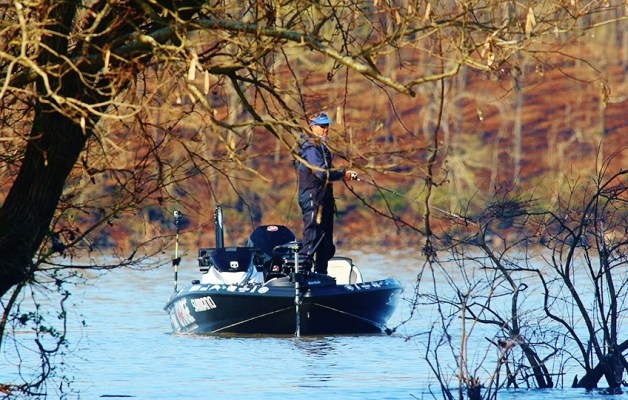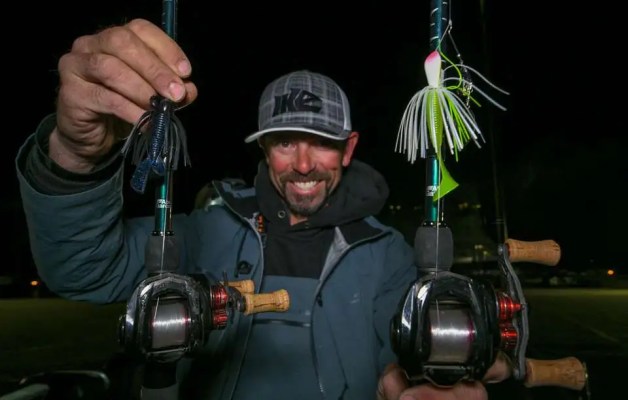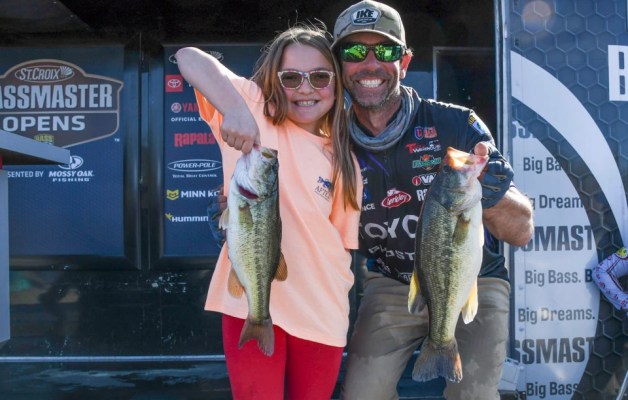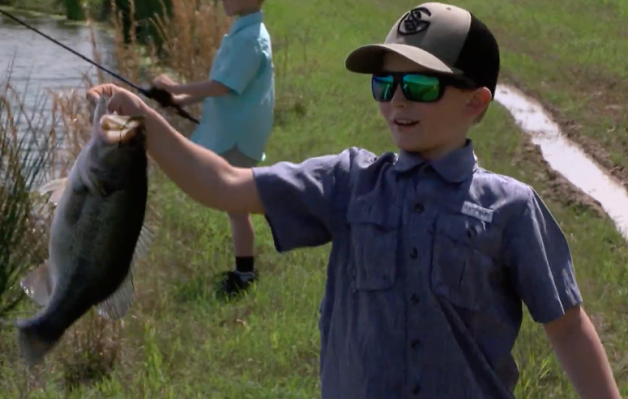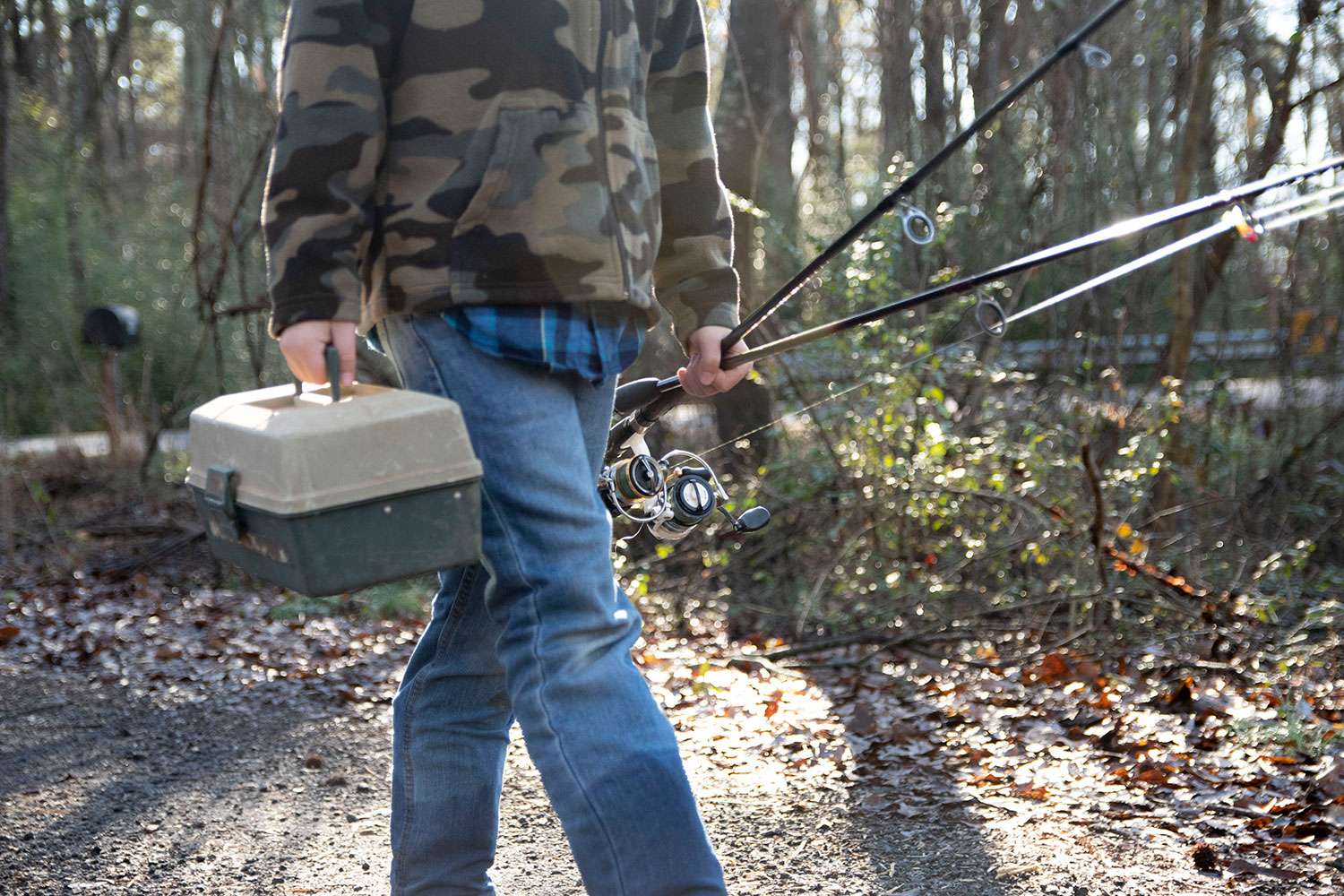
Choosing rods and reels for fishing is like buying a car. Many types are available, with everything from low-cost, no-frills models to top-of-the-line imports with lots of bells and whistles. Not everyone needs or wants the same thing.
Some folks are happy with an inexpensive, plain-Jane model. It gets them where they’re going and that’s what counts. Others need lots of horsepower, plus the latest innovations. They’ll pay more for their preference, but they’ll be happy, too. Most folks fall between these extremes.
For people just learning to fish, purchasing an easy-to-use spinning or spincast combo is a good way to start. Each includes a rod the manufacturer has paired with a suitable reel and matching line, so you can eliminate guesswork and start catching fish right away. Combos are usually cheaper than rods and reels bought separately, and if you want to catch some of the more popular freshwater fish (bass, catfish, crappie, bluegills, etc.), most spincast and spinning models will serve you quite well.
Here is a rundown on the choices so you can decide which is best for you.
Spincast reels
Spincast reels, also called push-button reels, are the simplest to use. To cast, you just push the button and hold it down while bringing the rod behind you. Then swing the rod forward and let go of the button to send the bait to its target. Because all important parts are beneath a cover, these reels are less prone to backlashing and tangles. That makes them perfect for children or novice anglers learning to cast. If you’re introducing a child to fishing, there are colorful kids’ models that feature cartoon characters to pique their interest.
Be aware, however, that you can’t cast as far or as accurately with spincast tackle because these reels hold less line than other types. You’ll also have a harder time landing big powerful fish that strip line when fighting.
Spinning rods
Spinning reels are well suited for beginners, too. Casting and reeling are simple enough for anyone to quickly learn, and the open-faced design provides superior accuracy and longer casting. These reels especially excel with lighter lines and baits, and they’re easy to side cast. This makes them great for bank fishing around low-hanging branches. They are better for landing fish on light line, too, because there is less friction through guides on the rod’s underside.
Spinning reels’ primary downside is the fact that most don’t have the power needed to land big fish. If you’re fishing for trout, bass and other small to mid-sized sportfish, however, they perform very well.

Rod details
Another important consideration when selecting a rod-and-reel combo is the power rating of the rod: ultralight; light; medium light; medium; medium heavy; heavy; or extra heavy. This should match the kind of fish you’re hoping to catch. Ultralight rods are best for line weights of 1- to 4-pound-test and lures weighing 1/64 to 1/16 ounce, so they work best for panfish such as bluegills, crappie and small trout. Medium rods work best for lines of 4- to 12-pound test and lures weighing 1/8 to 3/8 ounce, so they’re great for catching a variety of medium-sized fish like bass and walleyes. Heavy rods match up with lines of 15- to 25-pound test and lures weighing 1/2 to 1-1/2 ounces, so they work best on heavy fish like big catfish and muskies. You get the idea.
Before purchasing, you also should consider the rod’s composition. Is it fiberglass, graphite or graphite composite? Fiberglass rods are heavier but much more flexible than graphite models. They are very difficult to break and are the least expensive option. Graphite rods are lighter, stiffer and much more sensitive, allowing the angler to feel every bite and lure movement. They are more brittle than fiberglass rods, however, and more expensive. Fiberglass/graphite composites offer the best of both worlds: strength, sensitivity, flexibility and moderate pricing.
Keeping it simple
If all these options seem a bit complicated, remember that many manufacturers help you with selections by labeling combos for certain uses. There are combos made especially for ladies and youths; combos for catfish, crappie, bass, walleyes, trout and other species; combos for pier fishing, ice fishing, trolling and casting crankbaits; combos made for traveling and combos made for bank fishing.
This is common sense shopping, really. Learn about the options available through catalogs, websites, fishing friends and tackle-shop proprietors, then buy the best combination you can afford for the conditions and fish you expect to encounter.


